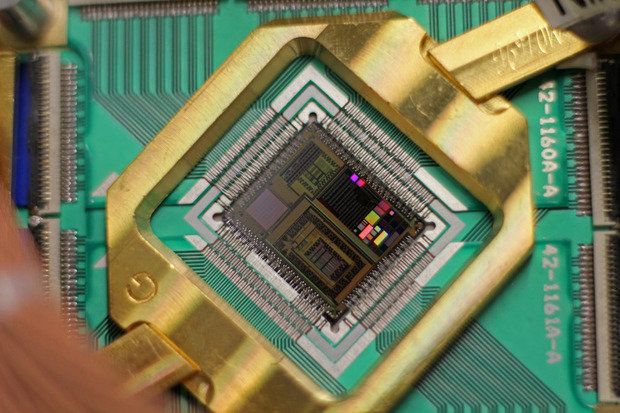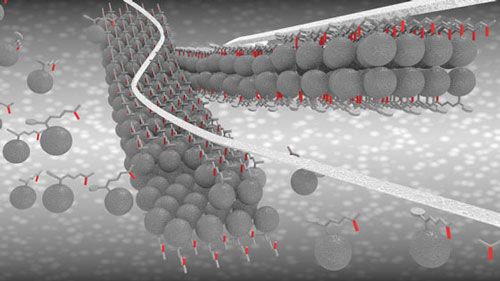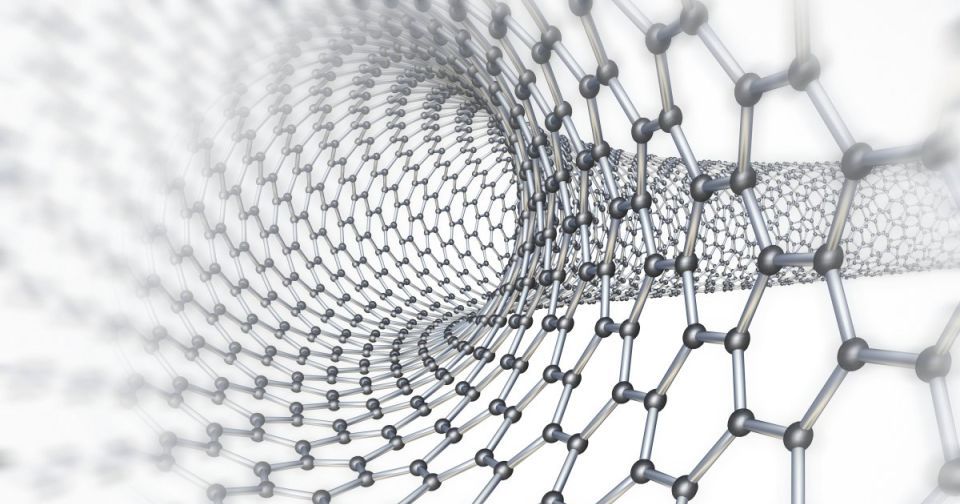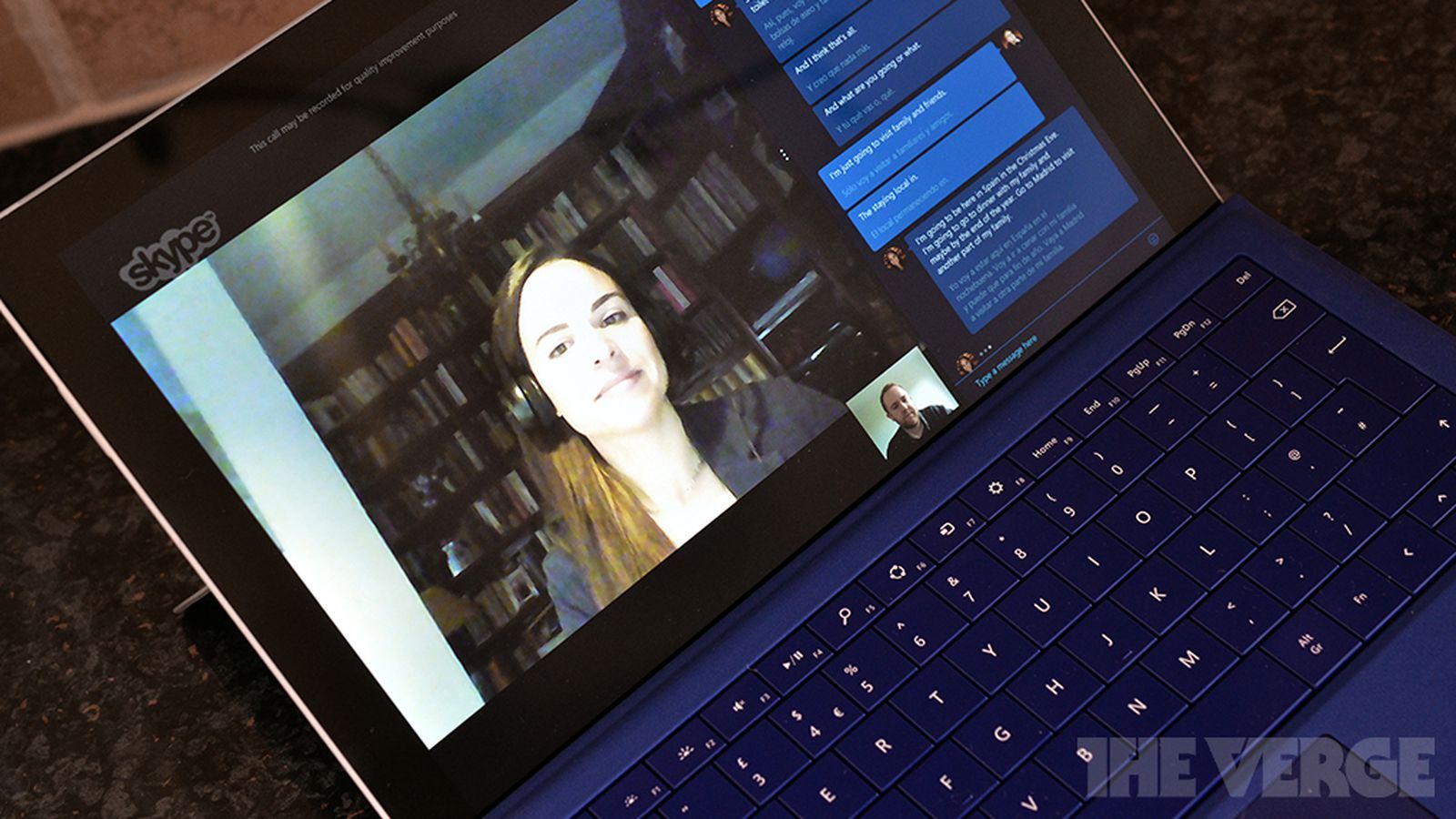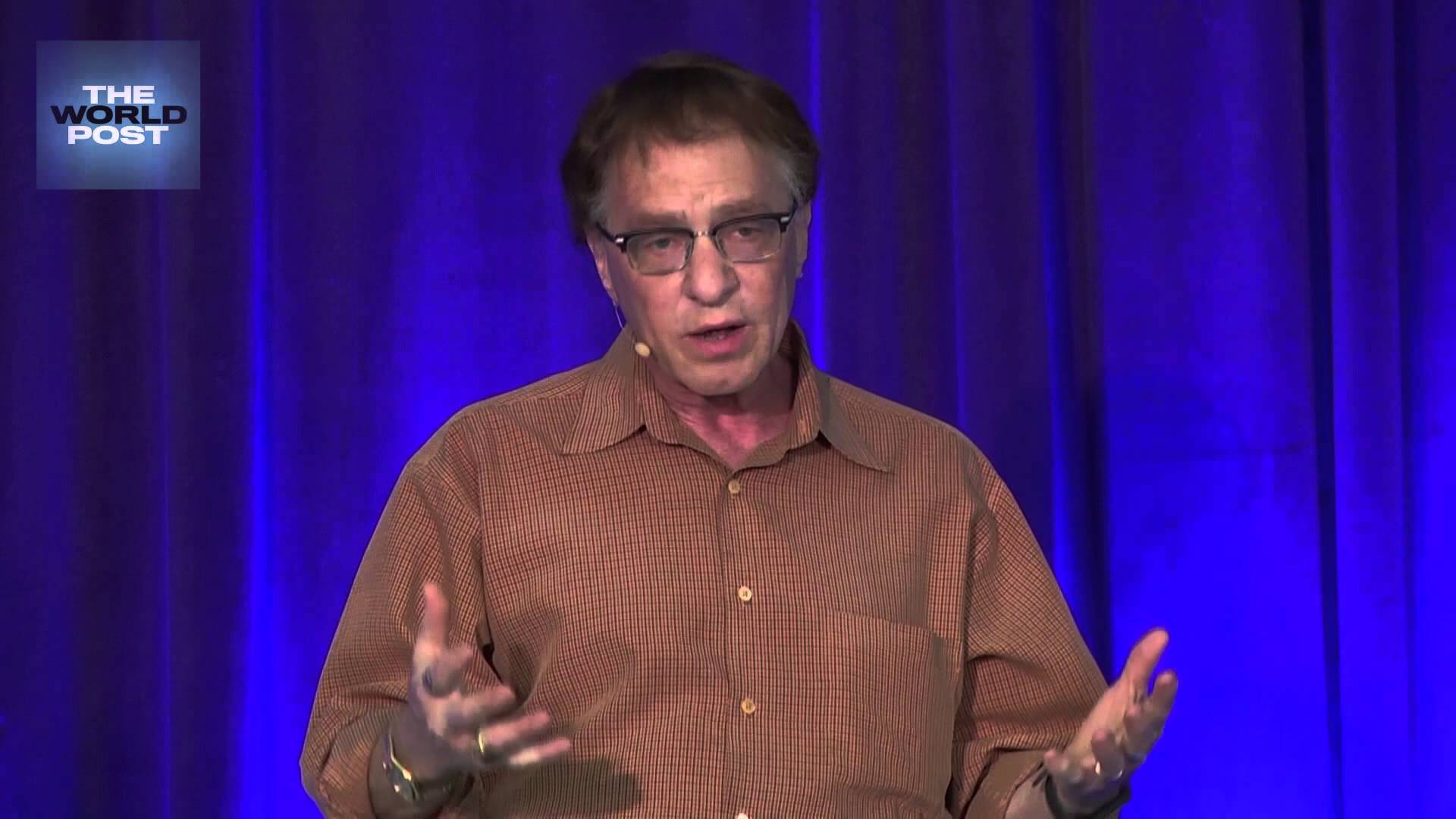Page 11653
Oct 2, 2015
Google, NASA using quantum computing to push A.I., machine learning
Posted by Shailesh Prasad in categories: computing, quantum physics, robotics/AI, space
Google and NASA are continuing to test quantum computers and this week entered into a new agreement to work with a series of updated systems.
D-Wave Systems, a quantum computing company based in Burnaby, British Columbia, announced this week that it had signed a deal to install a succession of D-Wave systems at NASA’s Ames Research Center in Moffett Field, California. NASA and Google on Wednesday also confirmed the deal.
NASA and the Universities Space Research Association (USRA) are collaborating on the project, which is focused on advancing artificial intelligence and machine learning.
Oct 2, 2015
Nanotube Electronics Could Replace Silicon — IBM Research Breakthrough
Posted by Shailesh Prasad in categories: computing, electronics, engineering
IBM announced a major engineering breakthrough that could open the way to replacing silicon transistors with carbon nanotubes in future electronics and computing technologies.
Silicon transistors have become dramatically smaller in the last decades following Moore’s Law — the observation that the number of transistors per unit area doubles every two tears. However, silicon transistor technology is approaching a point of physical limitation.
With Moore’s Law running out of steam, shrinking the size of transistors — including the channels and contacts — without compromising performance is a research and manufacturing challenge. Carbon nanotube technology could lead to much smaller transistors and keep electronics and computing devices on the Moore’s Law of exponentially decreasing size and thus increasing performance. However, as devices become smaller, increased contact resistance for carbon nanotubes has hindered performance gains until now.
“A living being, but not alive.” The Dutchman artist Theo Jansen creates these structures which move through the strength of the winds. He uses wood, PET bottles and rags to transform wind energy in a synchronized motion that looks like their creations have a life of its own! Sensational!
Oct 1, 2015
Graphene nanoribbons as electronic highways
Posted by Shailesh Prasad in categories: materials, physics, solar power, sustainability
Physicists have developed a method to synthesise a unique and novel type of material which resembles a graphene nanoribbon but in molecular form. This material could be important for the further development of organic solar cells.
Oct 1, 2015
IBM unlocks the secret to carbon nanotube transistors
Posted by Shailesh Prasad in categories: computing, engineering, internet, materials, neuroscience
Following Moore’s law is getting harder and harder, especially as existing components reach their physical size limitations. Parts like silicon transistor contacts — the “valves” within a transistor that allow electrons to flow — simply can’t be shrunken any further. However, IBM announced a major engineering achievement on Thursday that could revolutionize how computers operate: they’ve figured out how to swap out the silicon transistor contacts for smaller, more efficient, carbon nanotubes.
The problem engineers are facing is that the smaller silicon transistor contacts get, the higher their electrical resistance becomes. There comes a point where the components simply get too small to conduct electrons efficiently. Silicon has reached that point. But that’s where the carbon nanotubes come in. These structures measure less than 10 nanometers in diameter — that’s less than half the size of today’s smallest silicon transistor contact. IBM actually had to devise a new means of attaching these tiny components. Known as an “end-bonded contact scheme” the 10 nm electrical leads are chemically bonded to the metal substructure. Replacing these contacts with carbon nanotubes won’t just allow for computers to crunch more data, faster. This breakthrough ensures that they’ll continue to shrink, following Moore’s Law, for several iterations beyond what silicon components are capable of.
“These chip innovations are necessary to meet the emerging demands of cloud computing, Internet of Things and Big Data systems,” Dario Gil, vice president of Science & Technology at IBM Research, said in a statement. “As technology nears the physical limits of silicon, new materials and circuit architectures must be ready to deliver the advanced technologies that will drive the Cognitive Computing era. This breakthrough shows that computer chips made of carbon nanotubes will be able to power systems of the future sooner than the industry expected.” The study will be formally published October 2nd, in the journal Science. This breakthrough follows a number of other recent minimization milestones including transistors that are only 3-atoms thick or constructed from a single atom.
Oct 1, 2015
Skype now has real-time translation built in
Posted by Shailesh Prasad in category: robotics/AI
Microsoft first released Skype Translator almost a year ago as a standalone app designed for Windows 8. The software giant is now integrating its impressive translation feature directly into the desktop version of Skype, opening it up to Windows 7, Windows 8, and Windows 10 users. Six voice languages will be supported at launch, including English, French, German, Italian, Madarin, and Spanish. Skype will now let you hold a conversation in any of them, without ever needing to learn a language.
“It has been a long-time dream at Skype to break down language barriers and bring everyone across the globe closer together,” explains Microsoft’s Skype team. “Researchers, engineers, and many others across Microsoft have been working hard to make this dream a reality and we are looking forward to bringing this preview technology to more devices.”

Oct 1, 2015
A Greater Giving Potential: Introducing Micro-Donations in Bytecoin
Posted by Colin Gallagher in categories: cryptocurrencies, disruptive technology, economics, encryption
Suggests a mechanism to be adopted for any
cryptocurrency that would alter the fee layer to
help fund a new public good.
From ABIS concept
In 2013, following a period of reflection and visioning, I imagined the possibility of completely altering the financial system as we know it. This vision, known as ABIS, will now see its first-ever implementation.
The implementation is now being issued in BCN’s GUI Wallet with the release of v. 1.0.8, where the transaction has been re-envisioned to allow the user new ways to explore the possibilities of transactions and realize greater giving potential, initially through two use cases involving unique forms of donations:
Continue reading “A Greater Giving Potential: Introducing Micro-Donations in Bytecoin” »
Oct 1, 2015
Ray Kurzweil: Tiny Robots In Our Brains Will Make Us ‘Godlike’
Posted by Shailesh Prasad in categories: cyborgs, neuroscience, Ray Kurzweil, robotics/AI
Oct 1, 2015
Machine learning used to predict crimes before they happen — Memory Report style
Posted by Aleksandar Vukovic in categories: biotech/medical, information science, robotics/AI
The word on every tech executive’s mouth today is data. Curse or blessing, there’s so much data lying around – with about 2.5 quintillion bytes of data added each day – that it’s become increasingly difficult to make sense of it in a meaningful way. There’s a solution to the big data problem, though: machine learning algorithms that get fed countless variables and spot patterns otherwise oblivious to humans. Researchers have already made use of machine learning to solve challenges in medicine, cosmology and, most recently, crime. Tech giant Hitachi, for instance, developed a machine learning interface reminiscent of Philip K. Dick’s Minority Report that can predict when, where and possibly who might commit a crime before it happens.

